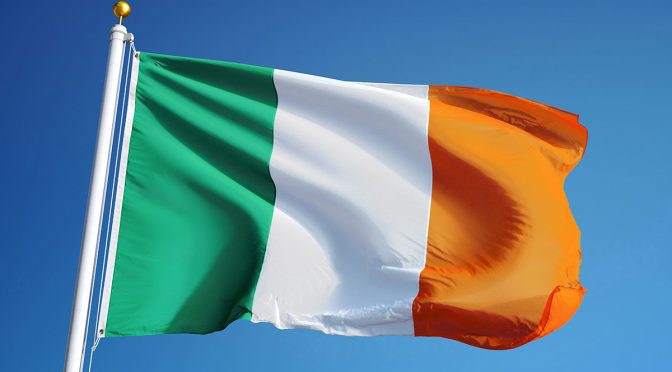Ireland has long been known for its lush green landscapes and picturesque countryside, but in recent years, the Emerald Isle has been making a name for itself in another area: renewable energy. As the world grapples with the pressing need to reduce greenhouse gas emissions and combat climate change, Ireland has emerged as a leader in the transition to a more sustainable energy future. The role of renewable energy in Ireland’s energy market transformation cannot be overstated, as it has not only helped the country to meet its environmental targets but also contributed to economic growth and job creation.
One of the key drivers behind Ireland’s renewable energy push has been the European Union’s ambitious climate and energy targets. As a member of the EU, Ireland is committed to reducing its greenhouse gas emissions by 40% below 1990 levels by 2030, as well as increasing the share of renewable energy in its energy mix to 32% by the same year. These targets have spurred the Irish government to invest heavily in renewable energy technologies, particularly wind and solar power.
Wind energy has been at the forefront of Ireland’s renewable energy revolution. The country boasts some of the best wind resources in Europe, with an average wind speed of 7.5 meters per second at a height of 50 meters above ground level. This has made it an ideal location for the development of both onshore and offshore wind farms. In fact, Ireland is home to some of the largest wind farms in Europe, including the 520 MW Codling Wind Park off the coast of County Wicklow, which is currently under development.
The rapid growth of wind energy in Ireland has had a profound impact on the country’s energy market. In 2020, wind power accounted for 36.3% of Ireland’s total electricity generation, making it the second-largest source of electricity after natural gas. This is a remarkable achievement, considering that just two decades ago, wind power made up a mere 2% of the country’s electricity mix. The increased share of wind energy has also helped to reduce Ireland’s reliance on fossil fuels, particularly coal and peat, which have historically been the mainstay of the country’s energy supply.
Solar power, while still a relatively small player in Ireland’s energy market, has also been gaining ground in recent years. The country’s first utility-scale solar farm, a 5.6 MW facility in County Antrim, was commissioned in 2017, and several more large-scale projects are currently in the pipeline. The Irish government has set a target of 3.5 GW of installed solar capacity by 2030, which would make it a significant contributor to the country’s renewable energy mix.
The growth of renewable energy in Ireland has not only helped the country to meet its environmental targets but has also had a positive impact on the economy. The renewable energy sector currently supports over 10,000 jobs in Ireland, with the potential to create thousands more in the coming years as new projects are developed. Furthermore, the increased use of renewable energy has helped to reduce Ireland’s dependence on imported fossil fuels, which has improved the country’s energy security and reduced its exposure to volatile global energy prices.
In conclusion, the role of renewable energy in Ireland’s energy market transformation has been both significant and far-reaching. The rapid growth of wind and solar power has not only helped the country to meet its ambitious climate and energy targets but has also contributed to economic growth and job creation. As the world continues to grapple with the urgent need to transition to a more sustainable energy future, Ireland’s success in embracing renewable energy serves as a shining example for other nations to follow.


